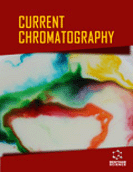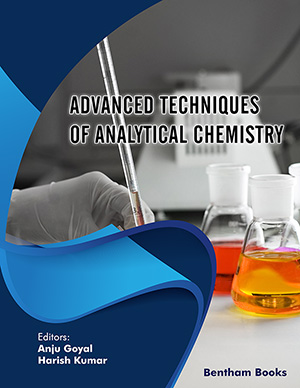Abstract
Background: The use of diamond as a chromatographic stationary phase has been studied for more than 45 years now. Detonation nanodiamonds (DND) have been regularly used to increase the low specific surface area of these non-porous stationary phases. Recently, core-shell particles with multiple layers of polyallylamine (PAAm) and DND have been reported for liquid chromatographic separations and solid phase extractions. However, retention mechanisms and selectivity of such core-shell particles are not well -understood due to their complex architecture.
Objective: The objective of this work was to perform a detailed evaluation of the mixed mode behavior of three structural analogues of new nanodiamond (ND)/polyamine based core-shell stationary phases.
Method: Particles were composed of a glassy carbon core coated with poly(allylamine) (PAAm) and ND, deposited using a layer-by-layer (LbL) approach, with the outer PAAm layer treated with a mixture of a hydrophobic cross-linker and modifier to introduce C8/C18 functional groups. Three types of the core-shell stationary phases having different shell thicknesses and purity of NDs were investigated. Type II was prepared with fewer PAAm/ND bilayers as compared to Type I, whereas Type III was prepared with a same number of bilayers but with an additionally purified form of ND as compared to Type II. Ion-exchange interactions of the phases were tested with a set of model anionic, cationic and ampholytic analytes at different eluent pHs. The relative degree of anionexchange and hydrophobic interactions was also evaluated using a set of dansylated amino acids (Dns-AAs) at varied mobile phase buffer concentrations and organic solvent contents.
Results: Anion-exchange properties were noted for all phases at low pH, with the Type I phase exhibiting stronger retention of anionic analytes due to higher PAAm content in its shell. Typical reversed- phase behaviour was observed for the hydrophobic Dns-AAs (Phe, Ile, Leu, Trp, Val and Pro), while the retention selectivity for hydrophilic Dns-AAs (Gln, Asn, Thr, Ser) indicated mixed mode mechanism. Values of methylene selectivity obtained for homologues of carboxylic acids indicated relatively low hydrophobicity for all studied phases.
Conclusion: All three columns demonstrated low to medium hydrophobicity, and the solute selectivity was dominated by their ion-exchange property. These nanodiamond columns result in lower performance as compared to conventional analytical columns, however, the inherently stable nanodiamond platform ascertains that nanodiamond columns offer better stability at extreme conditions.
Keywords: Ampholytes, core-shell adsorbents, detonation nanodiamond, liquid chromatography, layer-by-layer, mixed-mode.
 23
23 2
2 1
1

















